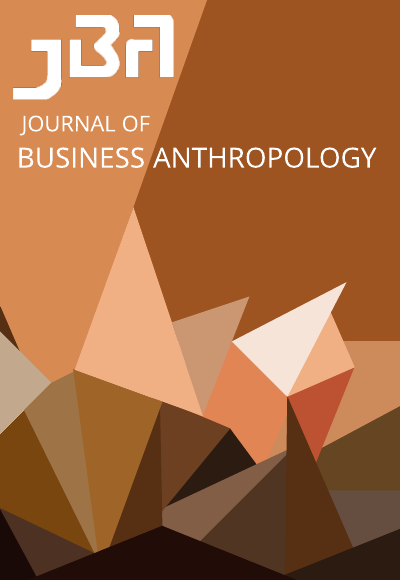A Funky-Formal Fashion Collection: Struggling for a Creative Concept in HUGO BOSS
DOI:
https://doi.org/10.22439/jba.v10i1.6325Abstract
In this case study, we follow a group of five young talented fashion designers in HUGO BOSS charged with creating a new concept for the brand BOSS Orange. The concept is to be neither formal nor funky but, precisely, funky-formal. Based on ethnographic fieldwork among these designers, the case describes in detail how the initial idea of a funky-formal fashion collection gradually grows into a more concrete creative concept for such a collection. In particular, it shows how the designers struggle to get to know the HUGO BOSS brands, to become truly inspired, to generate a compelling concept and, finally, to make a decision between competing concepts. These processes involve not just the talented designers but also, and not least, the Creative Director of BOSS Orange, making it evident how creativity in fashion is by no means an individual idiosyncrasy but rather a social phenomenon.
Downloads
Published
Issue
Section
License
Authors who publish with this journal agree to the following terms:
- Authors retain copyright and grant the journal right of first publication with the work simultaneously licensed under a Creative Commons Attribution License that allows others to share the work with an acknowledgement of the work's authorship and initial publication in this journal.
- Authors are able to enter into separate, additional contractual arrangements for the non-exclusive distribution of the journal's published version of the work (e.g., post it to an institutional repository or publish it in a book), with an acknowledgement of its initial publication in this journal.
- Authors are permitted and encouraged to post their work online (e.g., in institutional repositories or on their website) prior to and during the submission process, as it can lead to productive exchanges, as well as earlier and greater citation of published work (See The Effect of Open Access).



